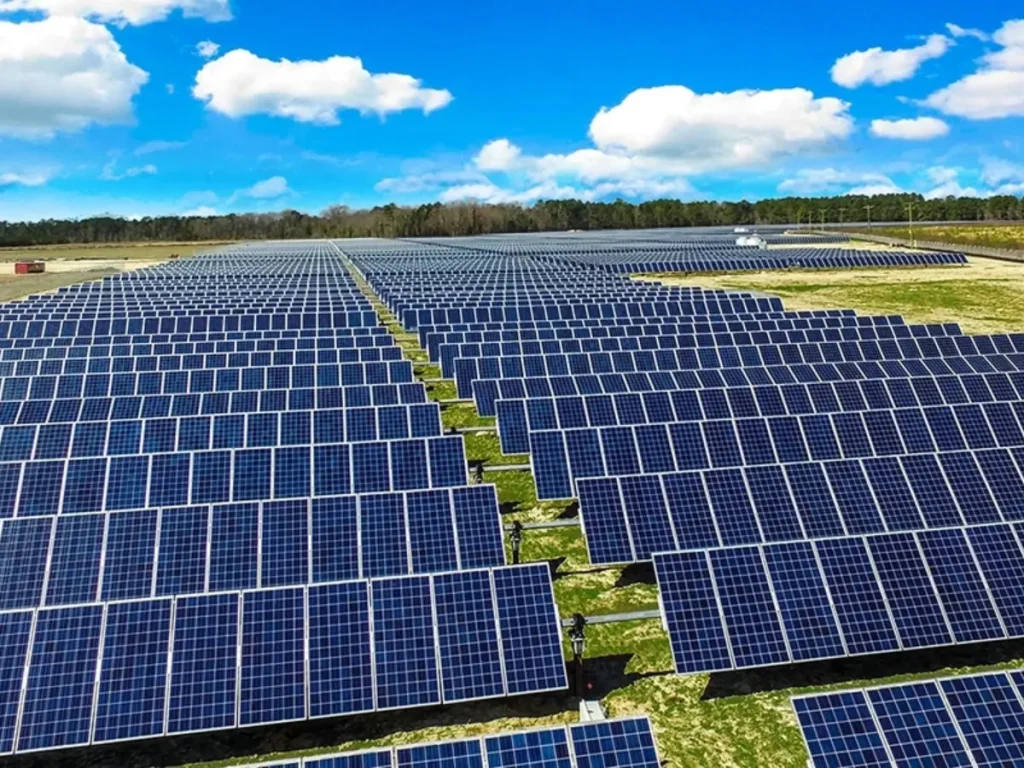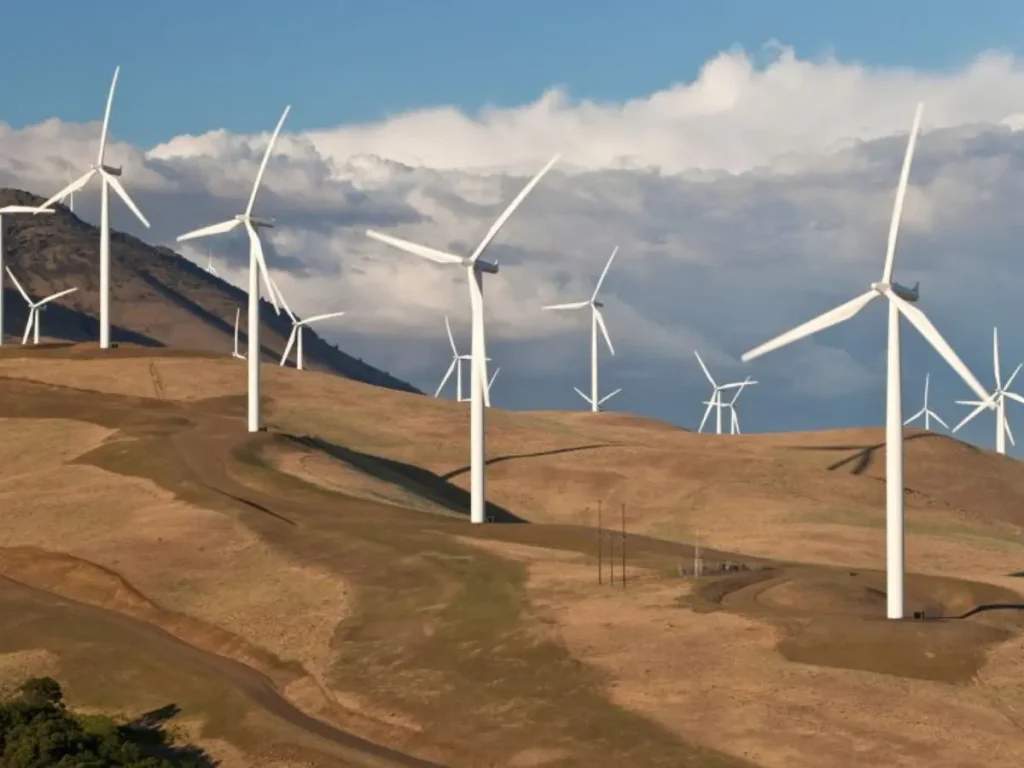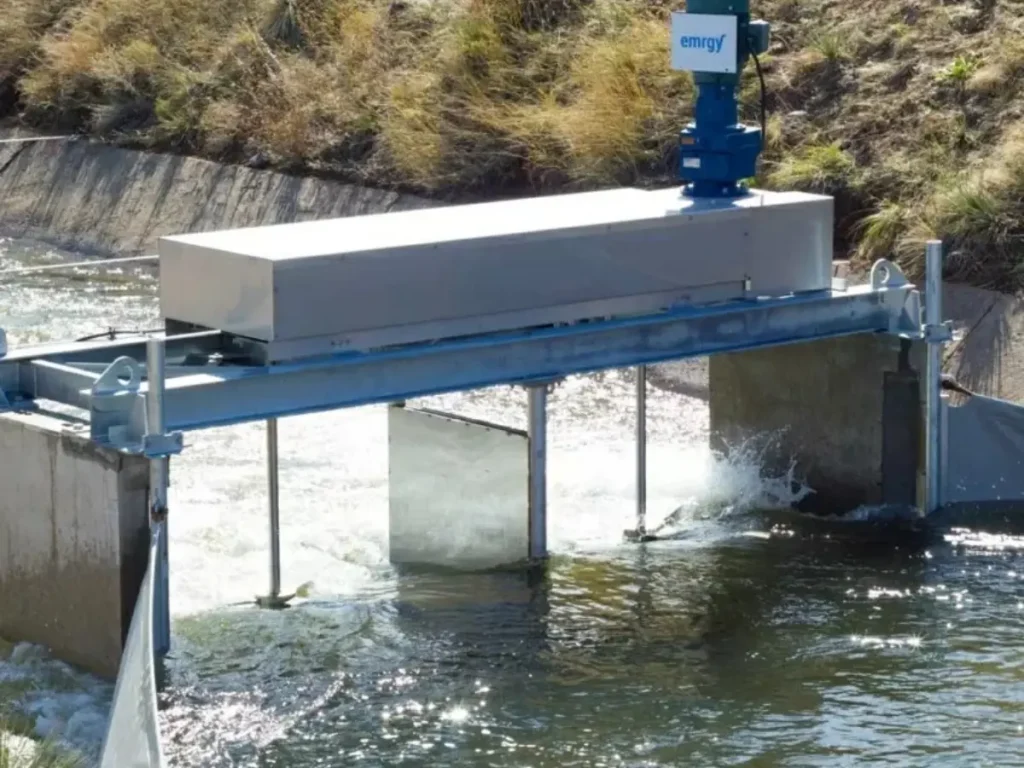The energy sector in Pakistan is a big challenge for its economy. Since 2013, there’s been progress in making more power and cutting down on power cuts. But, there are still problems because fuel costs a lot, and we rely too much on energy we have to buy from other countries. Also, there’s not enough natural gas, and we owe a lot of money. Plus, our systems for moving electricity around are old.
According to a report from the National Electric Power Regulatory Authority (NEPRA) in 2022, Pakistan can make 43,775 megawatts (MW) of electricity. Most of it, 59%, comes from burning fossil fuels. 25% comes from water (hydro), 7% from renewable sources like wind, solar, and plants, and 9% from nuclear power.
Pakistan is trying to deal with its energy needs and cut down on pollution. The government is investing a lot in renewable energy, like wind and solar power. Pakistan wants to reduce how much pollution it makes by 50% by 2030, and using more clean energy will help with that.
Solar

In Pakistan, we get about nine and a half hours of sunlight every day on average. Solar power started being used in Pakistan’s energy supply in 2013, after the government made some policies to encourage renewable energy. According to the Private Power & Infrastructure Board (PPIB) of the Ministry of Energy, there are seven solar projects running, making a total of 530 megawatts (MW) of electricity for the national grid.
Because electricity costs are going up in Pakistan and the regular electricity supply is not very reliable, more industries and businesses are using their own solar power systems. Many people in big cities are also installing solar panels on their rooftops. For projects that are smaller than 1 MW, there are rules about net metering that started in September 2015. The energy sector is looking good for more solar power growth in the future, especially because fossil fuel prices are going up.
Wind Energy

In southern Pakistan, especially in the coastal areas of Sindh and Baluchistan, there’s a lot of potential to use wind energy. The government has set up a special area along the coast for wind power projects. Wind data collected by Pakistan’s Meteorological Department shows that this area is about 60 kilometers wide (from Gharo to Keti Bandar) and 180 kilometers long. It’s estimated that we could generate up to 50,000 megawatts (MW) of electricity using wind turbines here. Right now, there are 36 private wind projects already running, making around 1,845 MW of electricity. The government wants to get 60% of our energy from renewable sources by 2030, which means there’s a big opportunity for the wind energy market in Pakistan.
Small/Mini/Micro Hydroelectric

Apart from big hydro projects, there’s a chance to make small, mini, and micro hydropower systems with a new renewable energy policy. The government thinks these small hydropower projects are clean and don’t cost much. These projects are mostly in far-off places, especially in the north of Pakistan. Recently, the government has made plans to make more electricity by announcing the Indicative Generation Capacity Expansion Plan (IGCEP). The goal of this plan is to add 13,000 megawatts (MW) of hydropower capacity to what we already have, which is 9,000 MW, by 2030.
Opportunities
The best chances for success are in:
- Solar panels that convert sunlight into electricity
- Dry batteries for storing energy
- Inverters that convert direct current (DC) electricity to alternating current (AC)
- Equipment for wind farms, especially turbines that generate electricity from wind
- Boilers that burn biomass, like wood or agricultural waste, to produce heat or electricity
- Equipment for transmitting electricity over long distances
- Equipment for distributing electricity to homes and businesses
- Equipment for producing biogas from organic waste
- Offering technical advice and support
Check Also :: Climate Change and Its Impact on Pakistan
Conclusion
Renewable energy looks promising for Pakistan’s future in 2024. It can help deal with our energy problems and environmental issues. With the right rules, better technology, and more money going into it, Pakistan can use its natural renewable energy sources to make things better. This means cleaner air, more jobs, and doing our part to stop climate change. To make this happen, everyone – the government, companies, and people – needs to work together.

